Thank you to all astronomers around the globe !
1ère partie de l'article sur l'OVNI-M dans le magazine Allemand « STERNZEIT »
« STERNZEIT » un magazine allemand d'astronomie a publié deux articles sur l'OVNI-M. Le premier article a été publié l'année dernière dans son numéro 1/2022, plus d'informations ici : www.sternzeit-online.de/archiv-suche/1-2022
Un aperçu de l'article allemand traduit automatiquement en anglais est disponible ci-dessous :
« Observation with a night vision device (OVNI-M) is currently not very common in the field of amateur astronomy, probably mainly for cost reasons. Technically, the light hitting a photocathode triggers electrons, which in turn, accelerated by a high voltage in a vacuum, hit a phosphor screen on the opposite side and produce an image.
At the last big Herzberg telescope meeting in 2019, a star friend had brought such a night vision device and invited me, among others, to take a look. Since I like to try out new things, I accepted the offer with thanks. What I then got to see, I was speechless and it was clear to me, we absolutely need something like that also at our observatory. And so the Astroclub Radebeul has since early summer 2020 an OVNI-M of the French supplier "OVNI Night Vision" available. It consists of a 26mm f/1.2 objective, the 3rd generation adjustable residual light amplifier with white phosphor screen and a 26mm eyepiece with diopter compensation. This then results in 1x magnification with about 40° field of view in this configuration, sufficient for observing complete constellations. Additionally, you can remove the objective and replace it with other optics. We now use three SLR lenses (35mm f/0.95, 21mm f/1.4, 6.5mm f/2) and various M42 optics. It is important to be able to use an open aperture as large as possible. Furthermore you can mount a 1.25" adapter and use the instrument on any telescope. In addition, there is the possibility of afocal observation, which, in conjunction with a 55mm eyepiece, approximately doubles the light intensity of the telescope compared to focal observation.
The sensitivity of such an instrument is highest in the red and especially in the near infrared and thus also in the H-alpha line, which the eye normally cannot perceive at night. This opens completely new possibilities for visual observation. I would like to share some results and experiences in the following.
If you look through the original optics without magnification, the first thing you notice is the significantly increased limiting magnitude. In good sky conditions you get almost to the 8th magnitude. The wealth of stars one can discover while roaming the constellations is very impressive, especially along the Milky Way. Even in light-polluted skies, there is significant added value. In addition, you don't have to look indirectly for fainter stars and thus get a much better spatial resolution. A disadvantage is the perceptible satellite traffic, the dimmed starlinks and other fainter objects come back into range of course, quasi permanent rush hour in the summer sky. There you can already see what we will probably face visually in a few years.
In the deep sky area the big star clusters are better visible and also "nebulae" like M 31 or M 33 are easier to spot. Even the fainter planets become feasible, Uranus for example is easy to spot even in the city sky. In very dark conditions, sighting Neptune is also quite possible. Faint red gas nebulae, however, are largely outshone by the background brightness of the sky and are not visible without a filter at first. »
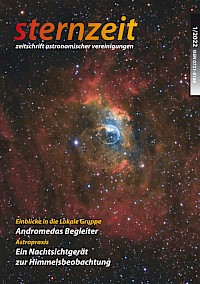
Suivez toutes nos publications hebdomadaires sur Facebook : www.facebook.com/OVNINightVision
Rejoignez le groupe officiel « OVNI Night Vision Astronomy - Users Group » : www.facebook.com/groups/ovninightvision

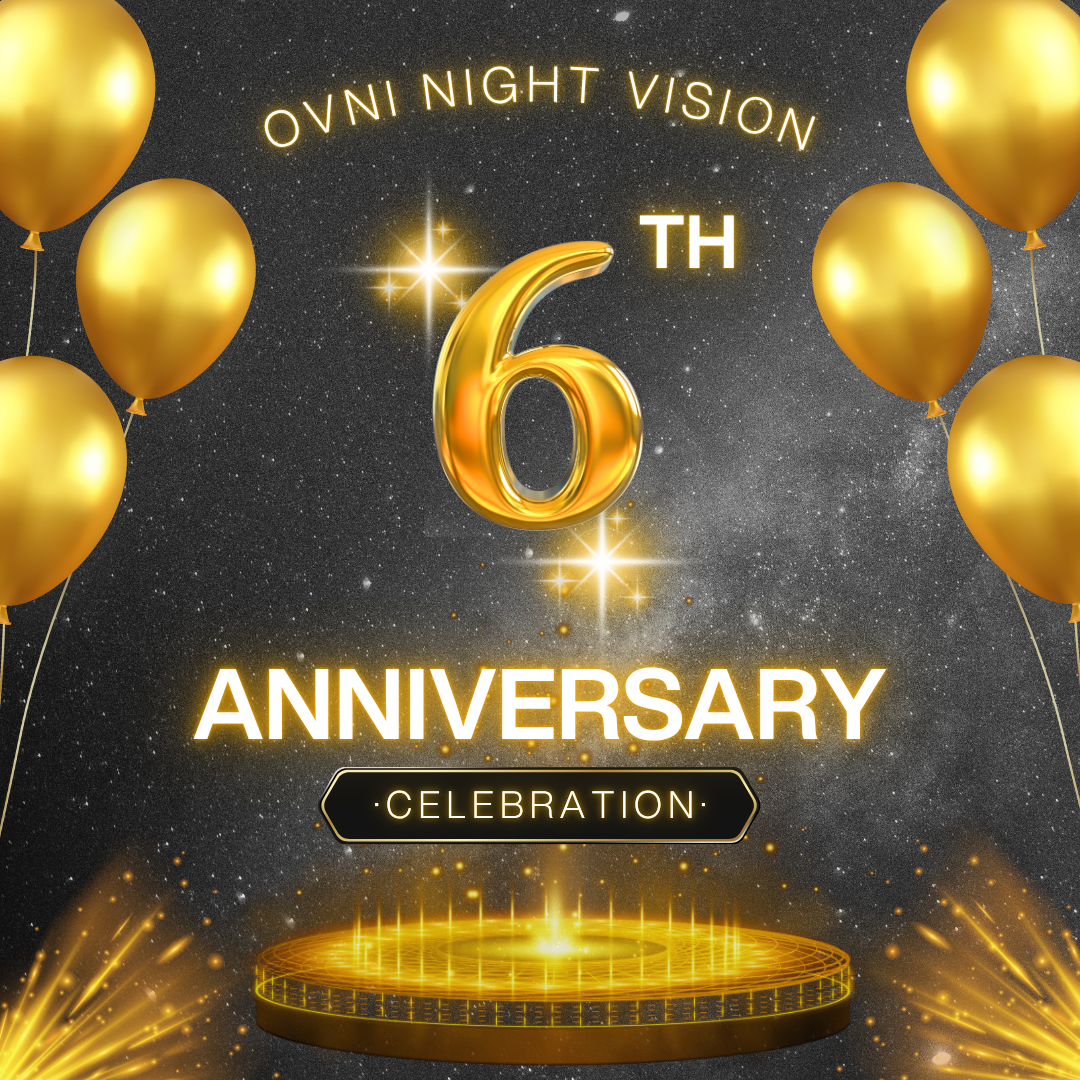

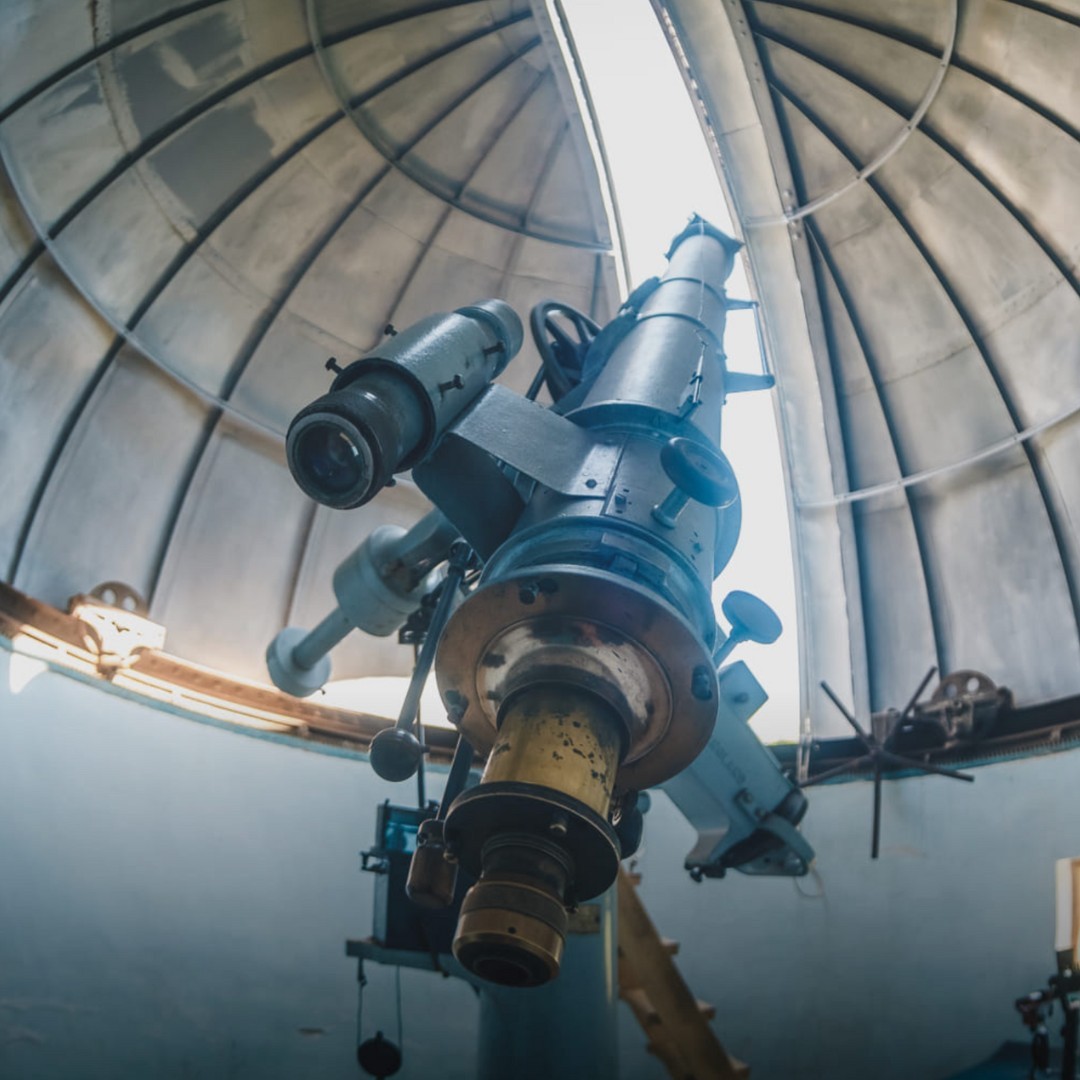

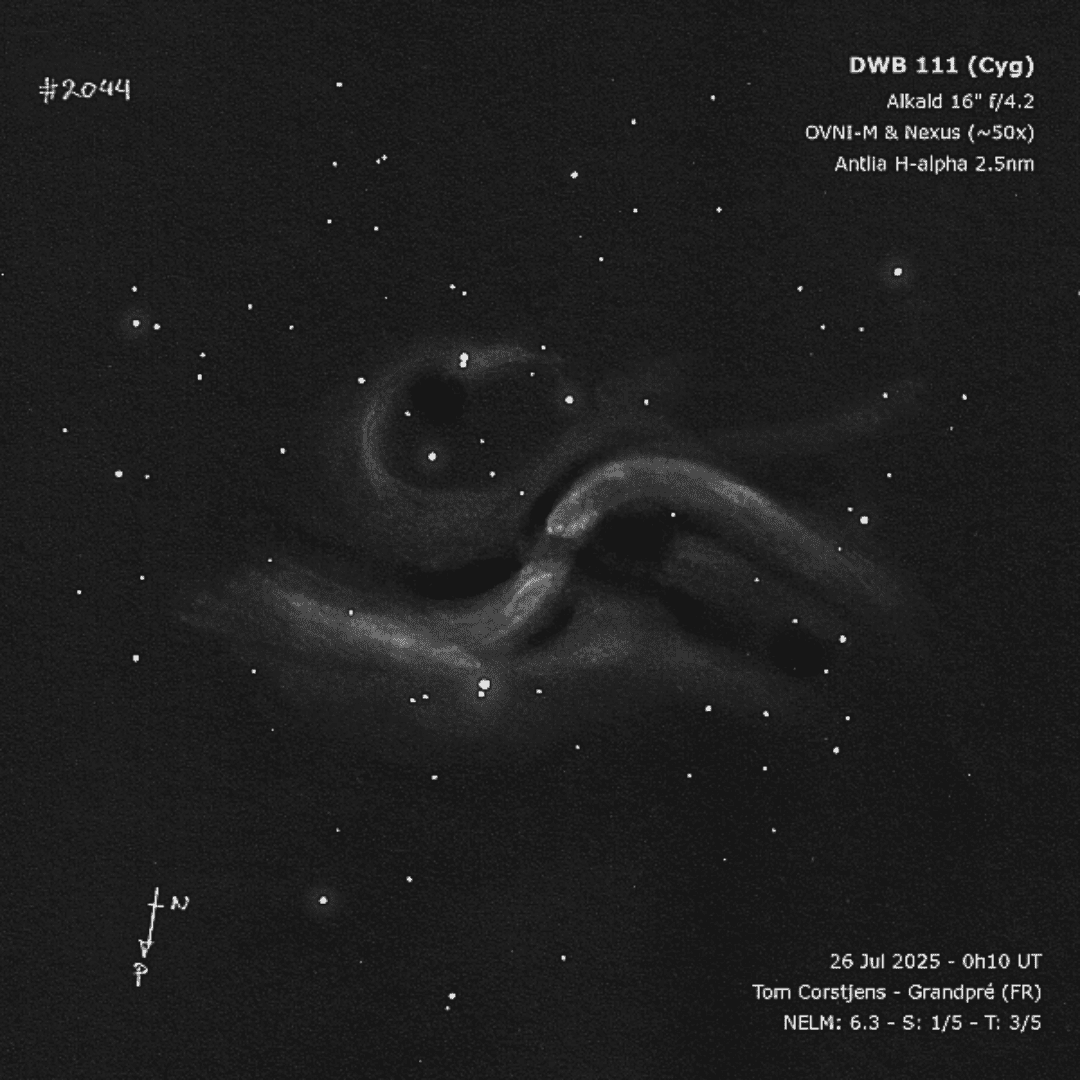


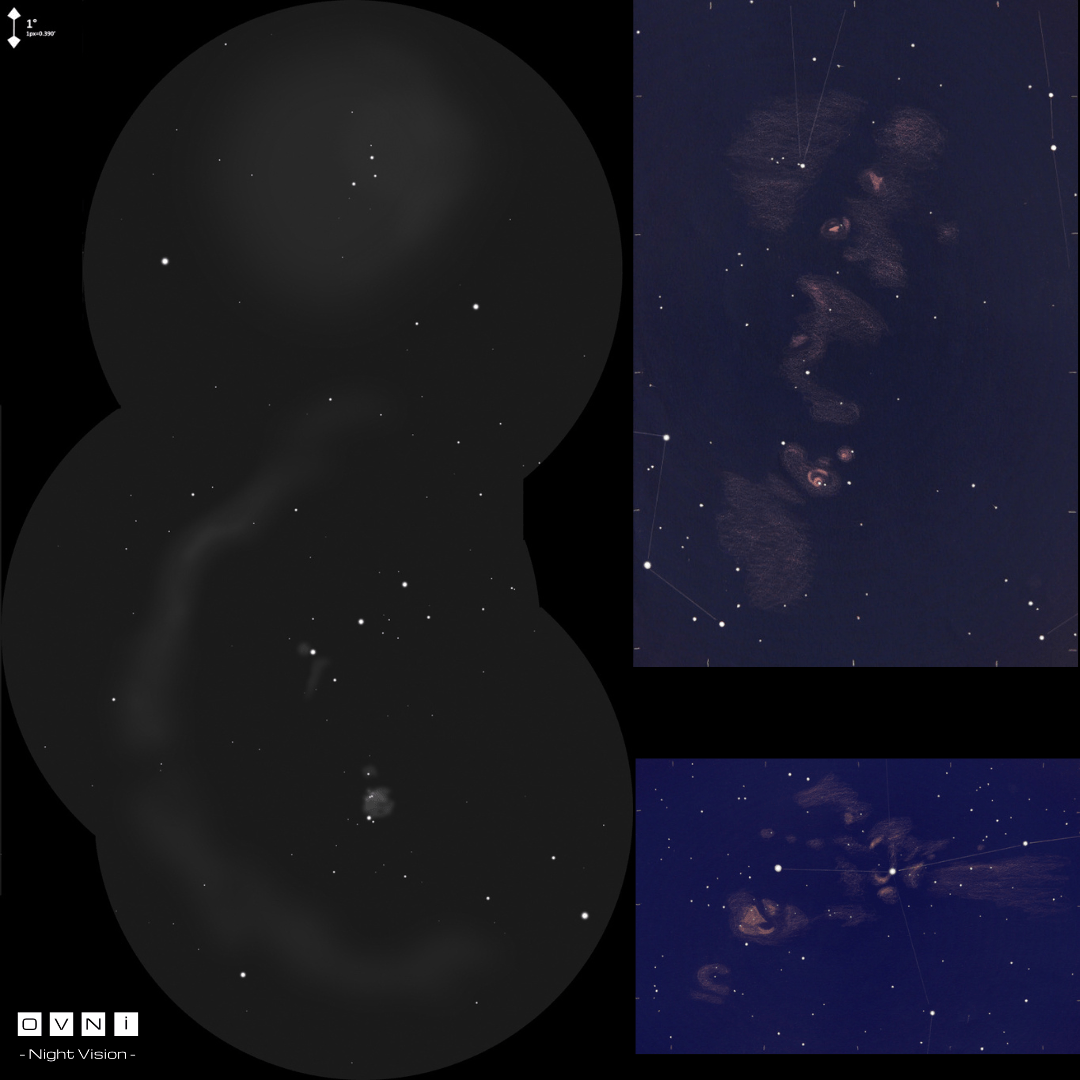
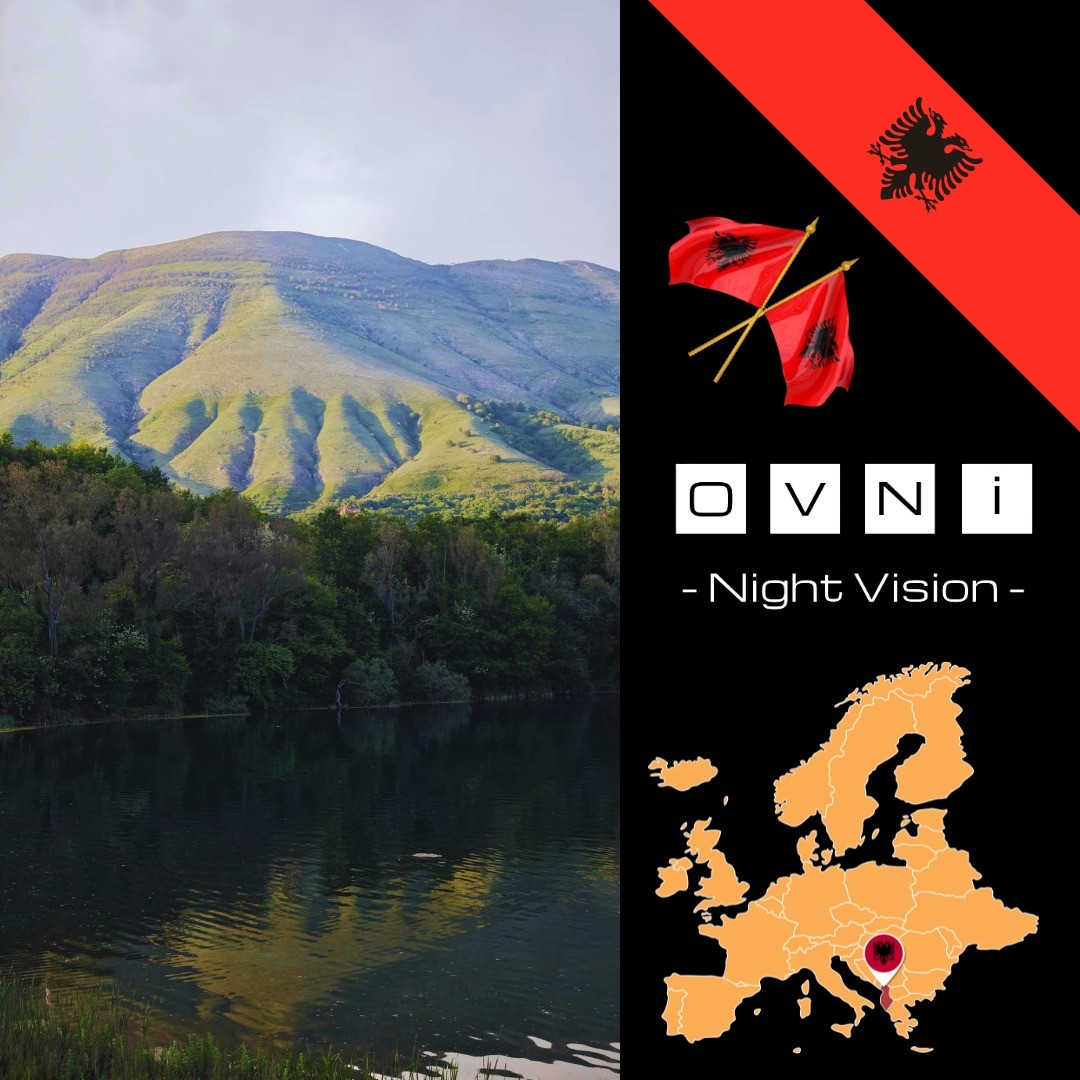
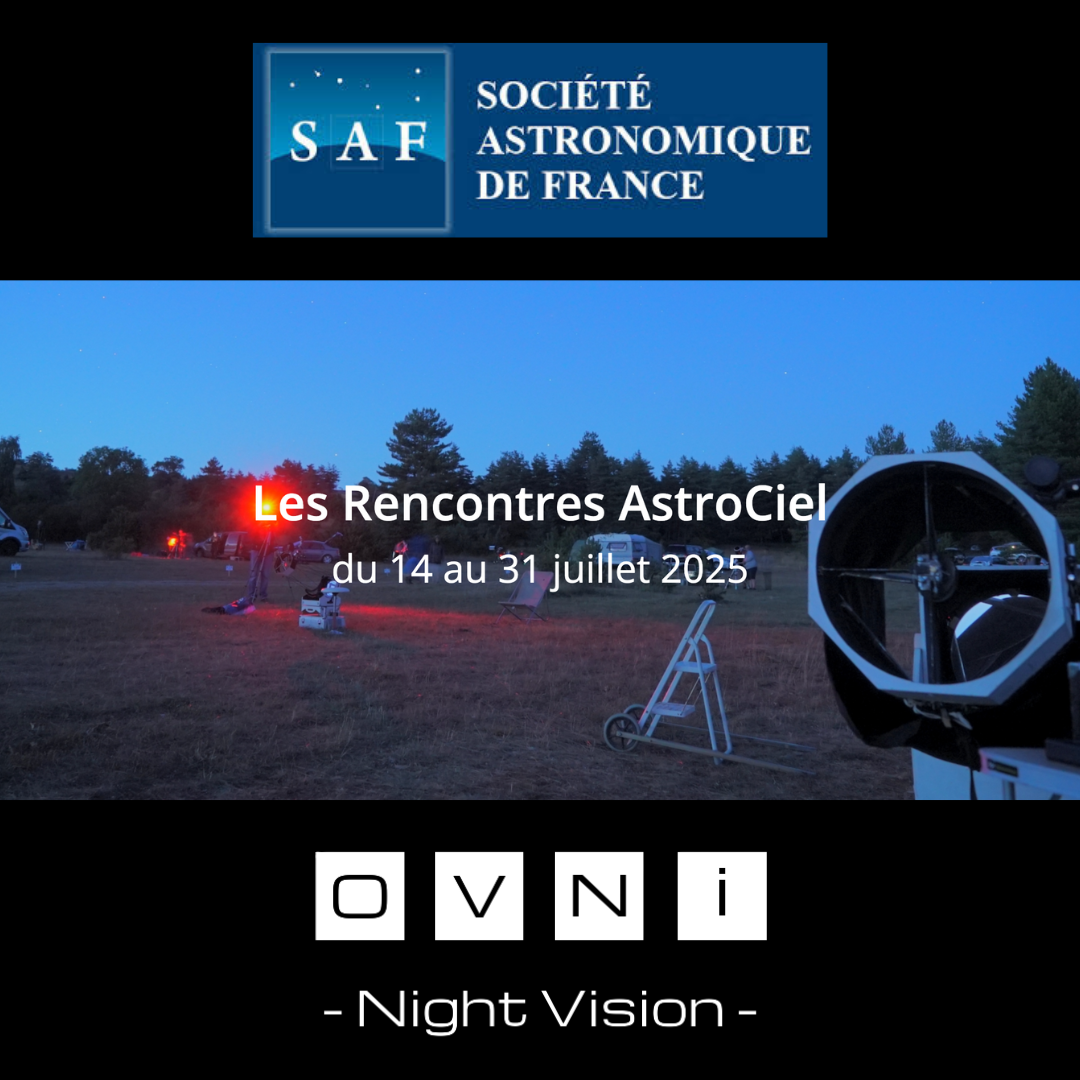
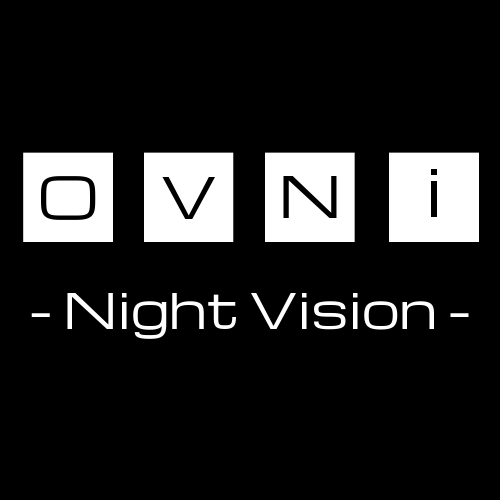


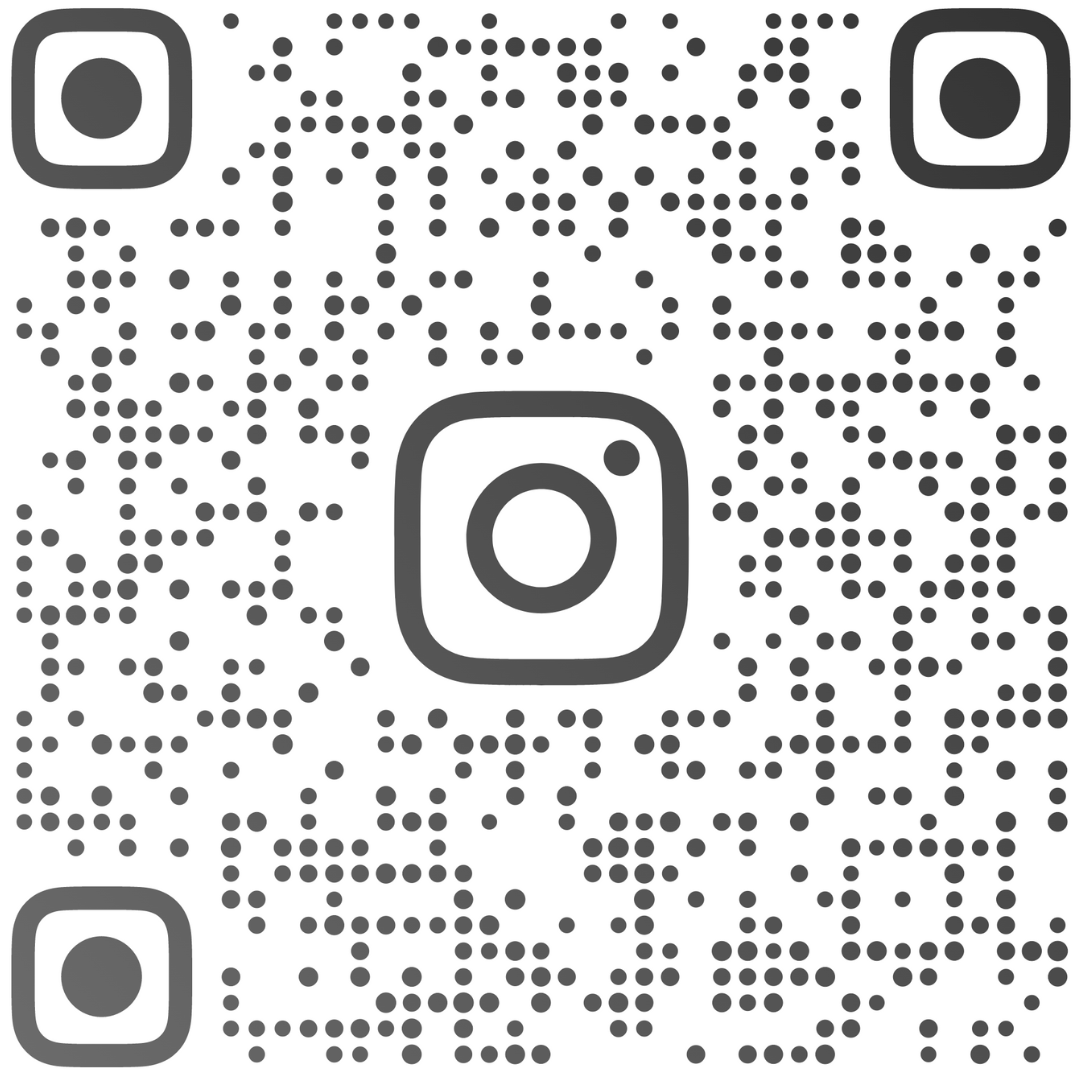
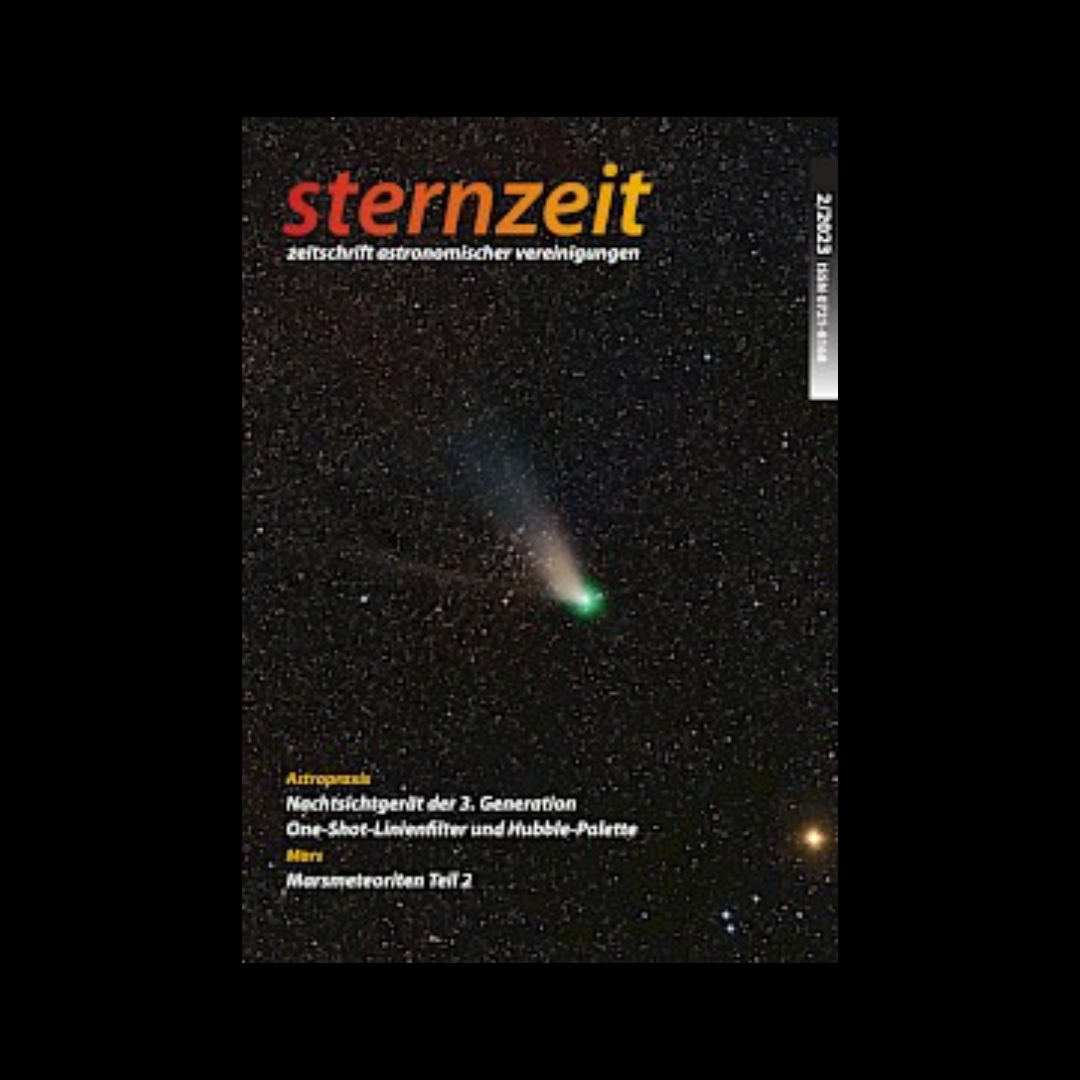
Leave a comment